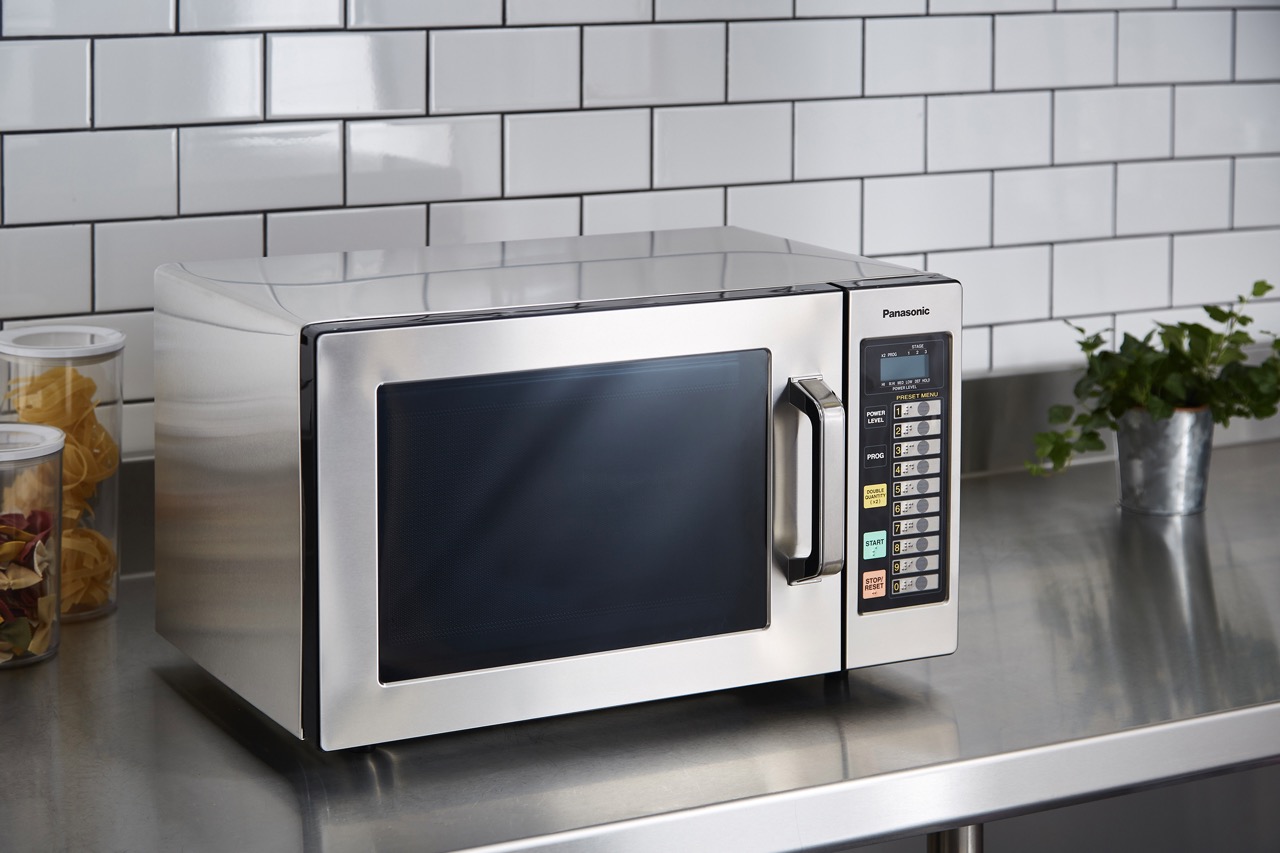

Articles
How Many Watts Is A Microwave Oven
Modified: March 20, 2024
Find out how many watts is a microwave oven in this informative article. Learn about the different wattage options available and how it affects cooking time and efficiency.
(Many of the links in this article redirect to a specific reviewed product. Your purchase of these products through affiliate links helps to generate commission for Storables.com, at no extra cost. Learn more)
Introduction
A microwave oven is a common kitchen appliance that has revolutionized the way we prepare and heat up food. With just a push of a button, we can quickly warm up leftovers, cook meals, and defrost frozen ingredients. But have you ever wondered how many watts a microwave oven typically operates on?
In this article, we will explore the wattage of microwave ovens and delve into the factors that affect their power measurements. Understanding the wattage of your microwave oven can help you make better decisions when it comes to cooking times, energy efficiency, and choosing the right microwave for your needs.
But before we dive into the technical details, let’s first take a look at how microwaves actually work.
Key Takeaways:
- Understanding the wattage of a microwave oven is crucial for optimizing cooking times, energy efficiency, and overall performance. Higher wattage microwaves can cook food faster, but energy efficiency and cooking style should also be considered.
- When choosing the right wattage for your microwave oven, consider factors such as cooking style, available kitchen space, desired cooking time, energy efficiency preferences, and budget. Striking a balance between cooking power and energy consumption is key to making an informed decision.
Read also: 14 Best 700 Watt Microwave Oven for 2024
How Microwaves Work
Microwave ovens utilize a form of electromagnetic radiation known as microwaves to heat and cook food. These microwaves are produced by an electronic device called a magnetron, which converts electrical energy into microwave radiation.
When you place food into a microwave oven and start the cooking process, the microwave radiation emitted by the magnetron interacts with the water molecules present in the food. The microwaves cause these water molecules to vibrate rapidly, generating heat. This heat then cooks the food from the inside out.
Now that we have a basic understanding of how microwaves work, let’s explore the power measurements used for microwave ovens.
Key Takeaways:
- Understanding the wattage of a microwave oven is crucial for optimizing cooking times, energy efficiency, and overall performance. Higher wattage microwaves can cook food faster, but energy efficiency and cooking style should also be considered.
- When choosing the right wattage for your microwave oven, consider factors such as cooking style, available kitchen space, desired cooking time, energy efficiency preferences, and budget. Striking a balance between cooking power and energy consumption is key to making an informed decision.
Read also: 14 Best 700 Watt Microwave Oven for 2024
How Microwaves Work
Microwave ovens utilize a form of electromagnetic radiation known as microwaves to heat and cook food. These microwaves are produced by an electronic device called a magnetron, which converts electrical energy into microwave radiation.
When you place food into a microwave oven and start the cooking process, the microwave radiation emitted by the magnetron interacts with the water molecules present in the food. The microwaves cause these water molecules to vibrate rapidly, generating heat. This heat then cooks the food from the inside out.
The design of a microwave oven is specifically tailored to contain and direct the microwave radiation. The walls of the oven are made of materials, such as metal or ceramic, that reflect the microwaves, ensuring that they are absorbed primarily by the food rather than escaping into the surrounding area.
It’s important to note that microwaves work by exciting water molecules, which is why certain types of food, such as those with high water content like fruits and vegetables, are more easily heated in a microwave. Foods with lower water content, such as bread or certain meats, may not heat as effectively because there isn’t as much water for the microwaves to interact with.
Microwaves also heat food more evenly and quickly compared to other cooking methods. This is because microwaves penetrate the food from all sides at once, rather than relying on heat transfer through conduction, as with stovetop or oven cooking. As a result, microwave ovens can cook food in a fraction of the time, making them a convenient option for busy individuals.
Now that we understand the basic principles of how microwaves work, let’s delve into power measurements for microwave ovens.
Power Measurements for Microwave Ovens
The power measurement for a microwave oven indicates the amount of electrical energy it consumes and, consequently, the cooking power it generates. The wattage of a microwave oven refers to the rate at which it uses electrical energy. The higher the wattage, the more powerful the microwave oven.
Power measurements for microwave ovens are typically expressed in watts (W). The wattage of a microwave oven can typically range from 600 watts to 1200 watts or more. Higher wattage microwave ovens can cook food faster and more efficiently, as they generate more heat and distribute it more evenly.
When you see the wattage rating of a microwave oven, it represents the peak power consumption of the appliance. This means that the microwave oven operates at its maximum power level when set to full power. However, most microwave ovens have multiple power settings, allowing you to adjust the cooking power based on your desired results.
Lower wattage microwave ovens, such as those around 600-800 watts, may take a bit longer to heat and cook food. However, they can still be effective for basic cooking tasks. Higher wattage microwave ovens, on the other hand, can significantly reduce cooking time and provide faster results, making them ideal for busy households or those who frequently rely on their microwave for cooking.
It’s essential to keep in mind that the wattage of a microwave oven does not necessarily indicate its overall quality or performance. Other factors, such as the design, features, and cooking modes, also play a role in determining the overall effectiveness and user experience of a microwave oven.
Now that we understand the power measurements of microwave ovens, let’s explore what the typical wattage range is for these appliances.
Typical Wattage of Microwave Ovens
The typical wattage of microwave ovens can vary depending on the model, size, and brand. However, most microwave ovens fall within the range of 600 to 1200 watts.
Microwave ovens with a wattage of 600 to 800 watts are often considered low to medium power appliances. These microwaves are suitable for basic cooking tasks such as reheating leftovers, defrosting frozen foods, and cooking simple meals. While they may take a bit longer to cook compared to higher wattage models, they are still effective for everyday use.
Microwave ovens with a wattage of 800 to 1000 watts are considered medium power appliances. These microwaves offer a good balance between cooking speed and power consumption. They can handle a wider variety of cooking tasks, including cooking larger meals and heating up denser foods.
High-power microwave ovens, typically with a wattage of 1000 to 1200 watts or more, are ideal for those who prioritize quick cooking times and efficiency. They are capable of heating and cooking food at a faster rate, making them a convenient option for people with busy schedules.
It’s important to note that wattage is not the sole factor determining the performance of a microwave oven. The internal design, quality of materials, cooking modes, and additional features also contribute to the overall cooking experience.
When selecting a microwave oven, consider your specific cooking needs and preferences. If you primarily use your microwave for basic tasks like reheating and defrosting, a lower wattage microwave may suffice. However, if you frequently cook meals using your microwave or have a large family, a higher wattage microwave can save you significant time and effort.
Now that we have explored the typical wattage range of microwave ovens, let’s discuss the factors that can affect the wattage of these appliances.
When choosing a microwave oven, consider a 700-1200 watt model for efficient cooking. Higher wattage means faster cooking, but also higher energy consumption.
Read also: 10 Amazing Microwave Oven 900 Watt for 2024
Factors Affecting Microwave Wattage
The wattage of a microwave oven can be influenced by several factors. Understanding these factors can help you make informed decisions when choosing a microwave oven and using it for various cooking tasks.
1. Size: In general, larger microwave ovens tend to have higher wattage levels. This is because larger ovens require more power to heat a greater volume of food.
2. Design and Efficiency: The design and efficiency of a microwave oven can impact its wattage. More efficient microwaves can achieve higher wattage levels using the same amount of electrical energy.
3. Power Settings: Most microwave ovens offer different power settings that allow you to adjust the wattage. By selecting a lower power setting, you can decrease the wattage to cook food more gently or defrost delicate items.
4. Energy-Saving Features: Some microwave ovens come with energy-saving features like power-saving or eco-mode. These features reduce the wattage and power consumption of the microwave, making it more energy-efficient.
5. Age and Condition: Older microwave ovens might have lower wattage levels due to wear and tear or outdated technology. It’s important to consider the age and condition of the microwave when assessing its wattage.
6. Voltage Variations: Voltage variations in your electrical supply can also affect the wattage of your microwave oven. If the voltage supply is not stable, it can impact the performance and wattage output of the appliance.
7. Cooking Time and Intensity: The cooking time and intensity settings you choose can affect the effective wattage during the cooking process. Higher intensity and longer cooking times may result in a higher effective wattage.
8. Heating Load: The amount and type of food being cooked or heated can impact the effective wattage of the microwave oven. Larger, denser food items may require higher wattage to cook evenly and effectively.
By considering these factors, you can better understand and utilize the wattage of your microwave oven for optimal cooking results. However, it’s important to remember that wattage is just one aspect of a microwave oven’s performance, and other features and functionalities should be considered as well.
Now that we have explored the factors affecting microwave wattage, let’s discuss the concept of energy efficiency in relation to wattage.
Energy Efficiency and Wattage
When it comes to microwave ovens, wattage and energy efficiency go hand in hand. The wattage of a microwave oven directly affects its energy consumption and efficiency.
Higher wattage microwave ovens generally consume more electrical energy to generate the extra cooking power. This means that they may have higher energy consumption and, subsequently, higher electricity costs compared to lower wattage models.
However, it’s important to note that wattage alone does not determine the energy efficiency of a microwave oven. Energy efficiency is primarily a measure of how effectively an appliance uses energy to perform its intended function.
While higher wattage microwaves may consume more energy, they can also cook food more quickly and efficiently. This means that, in some cases, a higher wattage microwave oven may be more energy-efficient than a lower wattage model, as it can complete cooking tasks in a shorter amount of time and require less overall energy consumption.
Additionally, microwave ovens that come with energy-saving features, such as power-saving modes or energy-efficient technology, can help reduce electricity consumption and improve overall energy efficiency.
To determine the energy efficiency of a microwave oven, you can look for the Energy Star rating. The Energy Star certification ensures that the appliance meets strict energy efficiency guidelines set by the U.S. Environmental Protection Agency (EPA) and the U.S. Department of Energy (DOE).
When considering energy efficiency, it’s also essential to practice good microwave oven usage habits. For example, avoid opening the door frequently during cooking, as this can lead to heat loss and increased cooking time. Use the appropriate power settings and cooking times for different types of food to optimize energy efficiency.
By selecting a microwave oven with suitable wattage for your needs and incorporating energy-efficient practices, you can balance cooking power and energy consumption.
Now that we understand the relationship between energy efficiency and wattage, let’s discuss how to choose the right wattage for your specific cooking needs.
Choosing the Right Wattage for Your Needs
Choosing the right wattage for your microwave oven depends on your specific cooking needs and preferences. Consider the following factors when selecting the wattage that best suits you:
1. Cooking Style: Think about the types of dishes you typically prepare in the microwave. If you primarily use it for heating beverages, leftovers, or small portions, a lower wattage microwave (600-800 watts) may suffice. However, if you cook larger meals or denser food items, a higher wattage microwave (1000-1200 watts) can save you valuable time.
2. Cooking Time: Consider how much time you are willing to invest in cooking. Higher wattage microwaves tend to cook food faster due to their increased power. If you value quick cooking times, opt for a higher wattage microwave.
3. Kitchen Space: Consider the available space in your kitchen. Higher wattage microwave ovens often come in larger sizes, so ensure you have enough countertop or cabinet space to accommodate the microwave.
4. Energy Efficiency: If energy efficiency is a priority for you, look for microwave ovens with energy-saving features and consider models with lower wattage. Additionally, check for the Energy Star certification to ensure your chosen microwave meets energy efficiency standards.
5. Budget: Keep your budget in mind when selecting a microwave wattage. Higher wattage microwaves tend to be more expensive, so ensure that the wattage you choose aligns with your budget constraints.
It’s important to note that the wattage of a microwave oven is not the sole indicator of its overall quality or performance. Consider other factors such as cooking modes, features, warranty, and customer reviews when making your decision.
Ultimately, choosing the right wattage for your needs is about finding a balance between cooking power, energy efficiency, and your personal cooking habits. Evaluate your cooking requirements and preferences to make an informed decision that suits you best.
Now that we have discussed how to choose the right wattage, let’s wrap up our article.
Conclusion
Microwave ovens have become an indispensable kitchen appliance, transforming the way we cook and heat up food. Understanding the wattage of a microwave oven is crucial for optimizing cooking times, energy efficiency, and overall performance.
In this article, we explored how microwaves work by utilizing electromagnetic radiation to heat and cook food. We discussed the power measurements for microwave ovens, with wattage indicating the rate at which the appliance uses electrical energy. Typical wattage ranges from 600 to 1200 watts, depending on the model and brand.
We also examined the factors that can affect microwave wattage, such as size, design, power settings, and energy-saving features. These factors play a role in determining the overall performance and efficiency of a microwave oven.
Energy efficiency is an important consideration when it comes to wattage. Higher wattage microwaves may consume more energy, but they can also cook food faster and more efficiently. By selecting a microwave oven with suitable wattage and incorporating energy-efficient practices, we can strike a balance between cooking power and energy consumption.
Choosing the right wattage for your needs depends on factors such as your cooking style, available kitchen space, desired cooking time, energy efficiency preferences, and budget. It’s essential to evaluate these factors to make an informed decision that aligns with your specific requirements.
In summary, understanding and considering the wattage of a microwave oven is crucial for efficient and convenient cooking. By making an informed choice, you can enjoy the benefits of quick and evenly cooked meals while also minimizing energy consumption.
So next time you’re in the market for a microwave oven, remember to consider the wattage and its impact on your cooking experience. Happy cooking!
Frequently Asked Questions about How Many Watts Is A Microwave Oven
Was this page helpful?
At Storables.com, we guarantee accurate and reliable information. Our content, validated by Expert Board Contributors, is crafted following stringent Editorial Policies. We're committed to providing you with well-researched, expert-backed insights for all your informational needs.
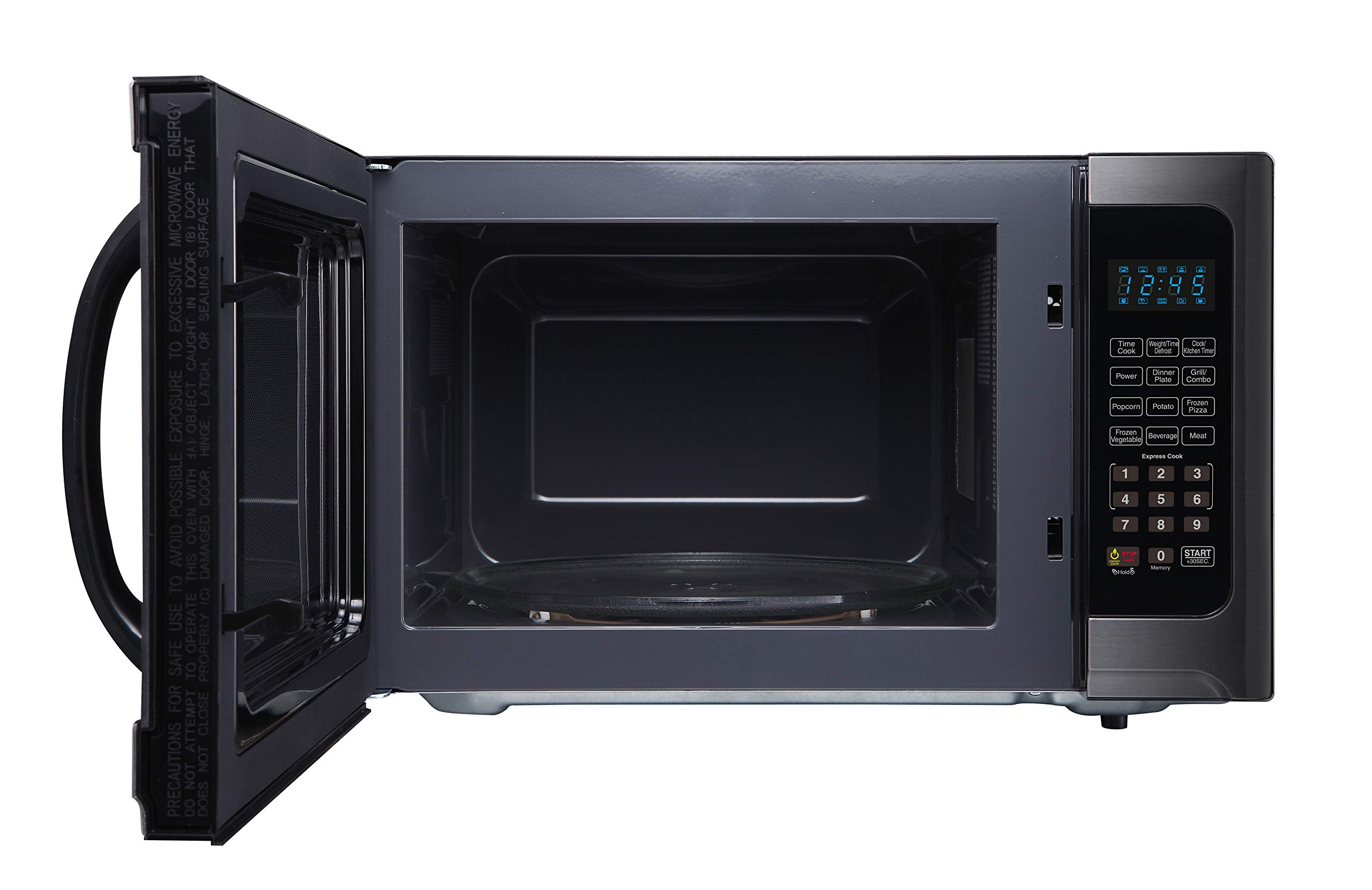
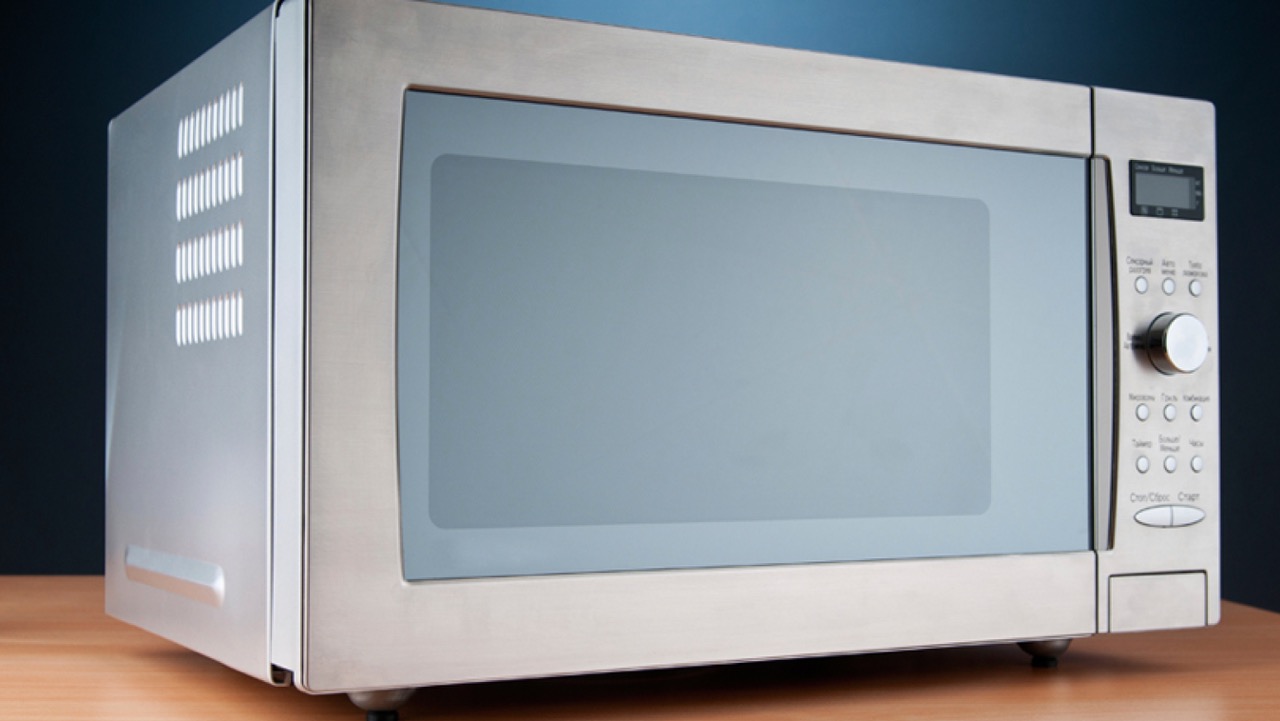
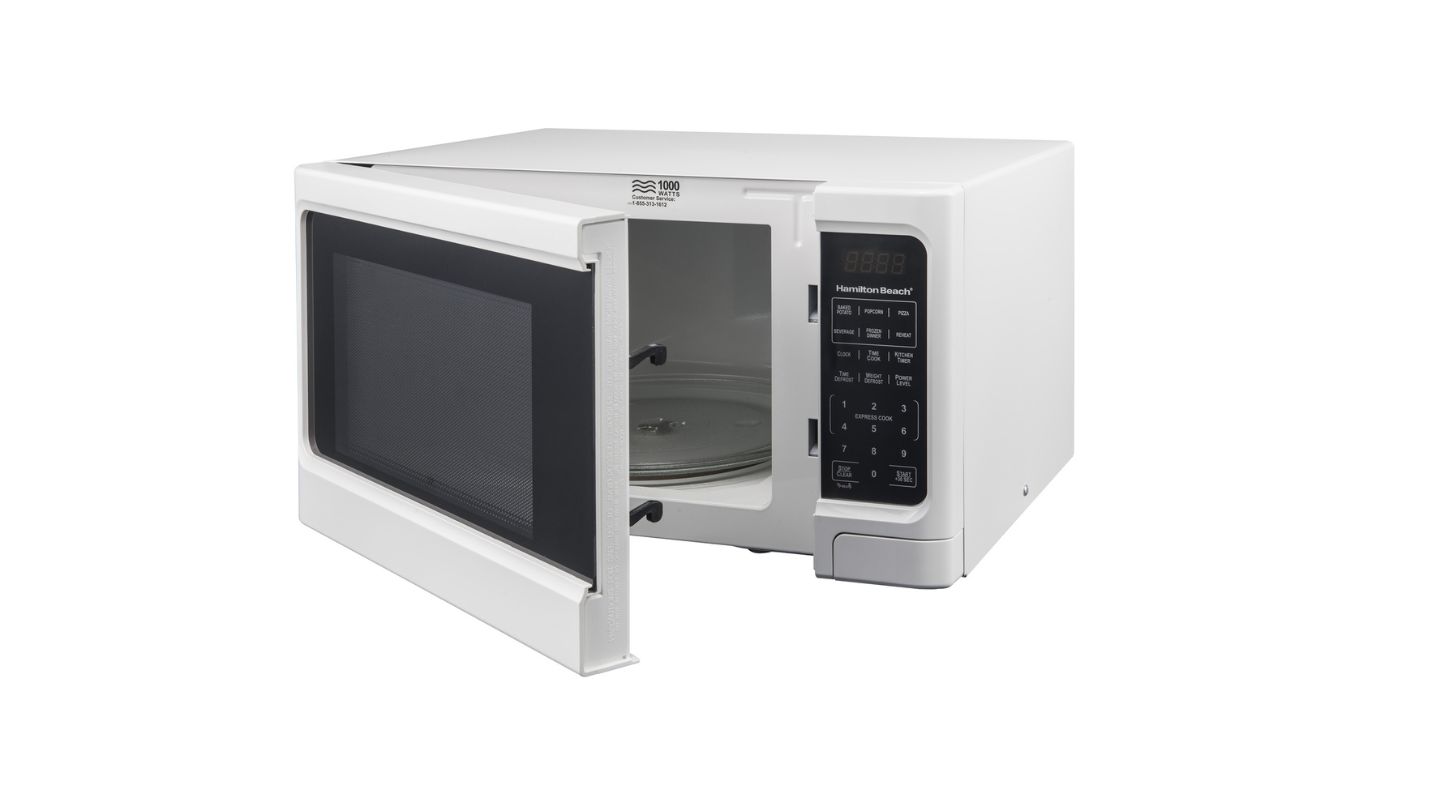
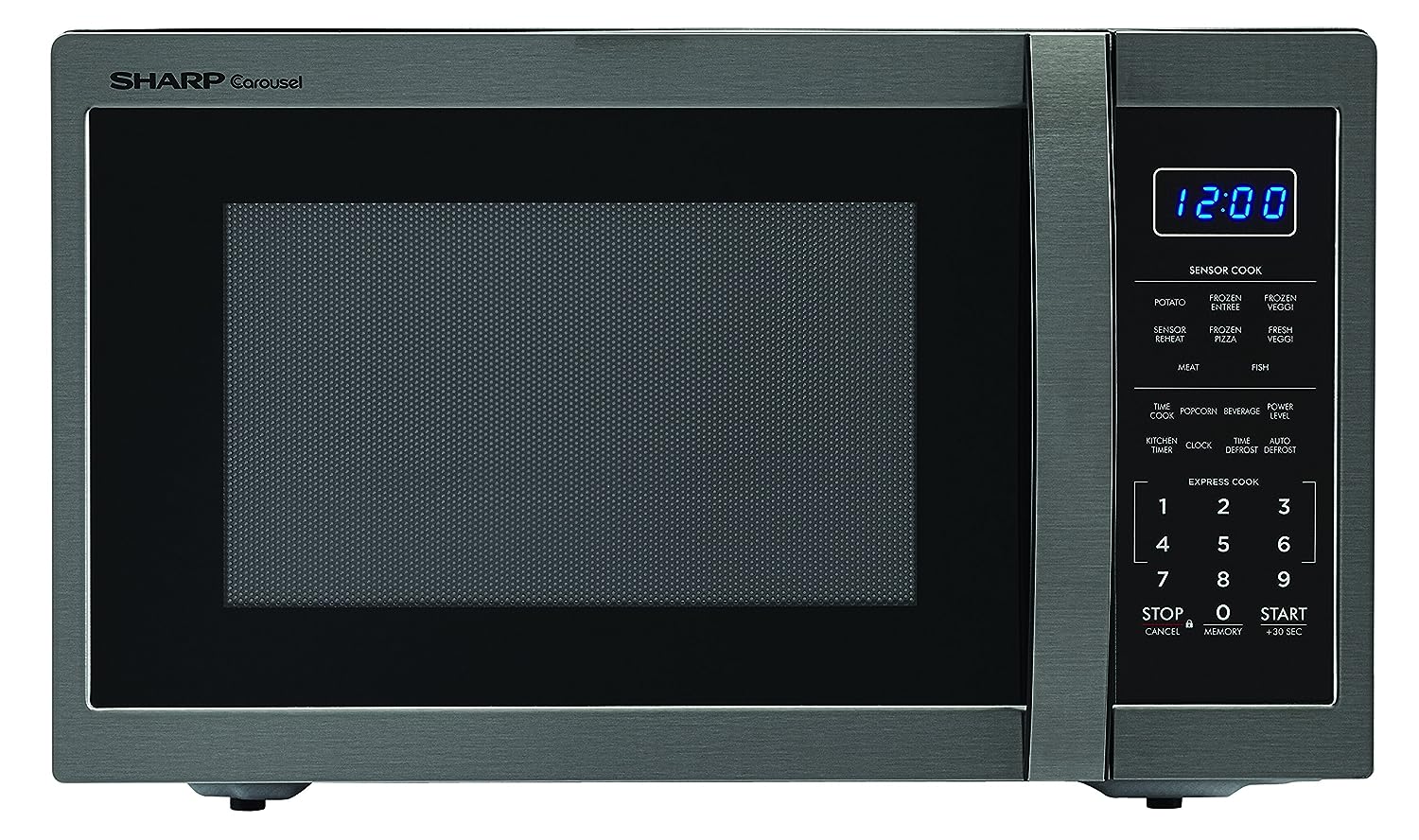
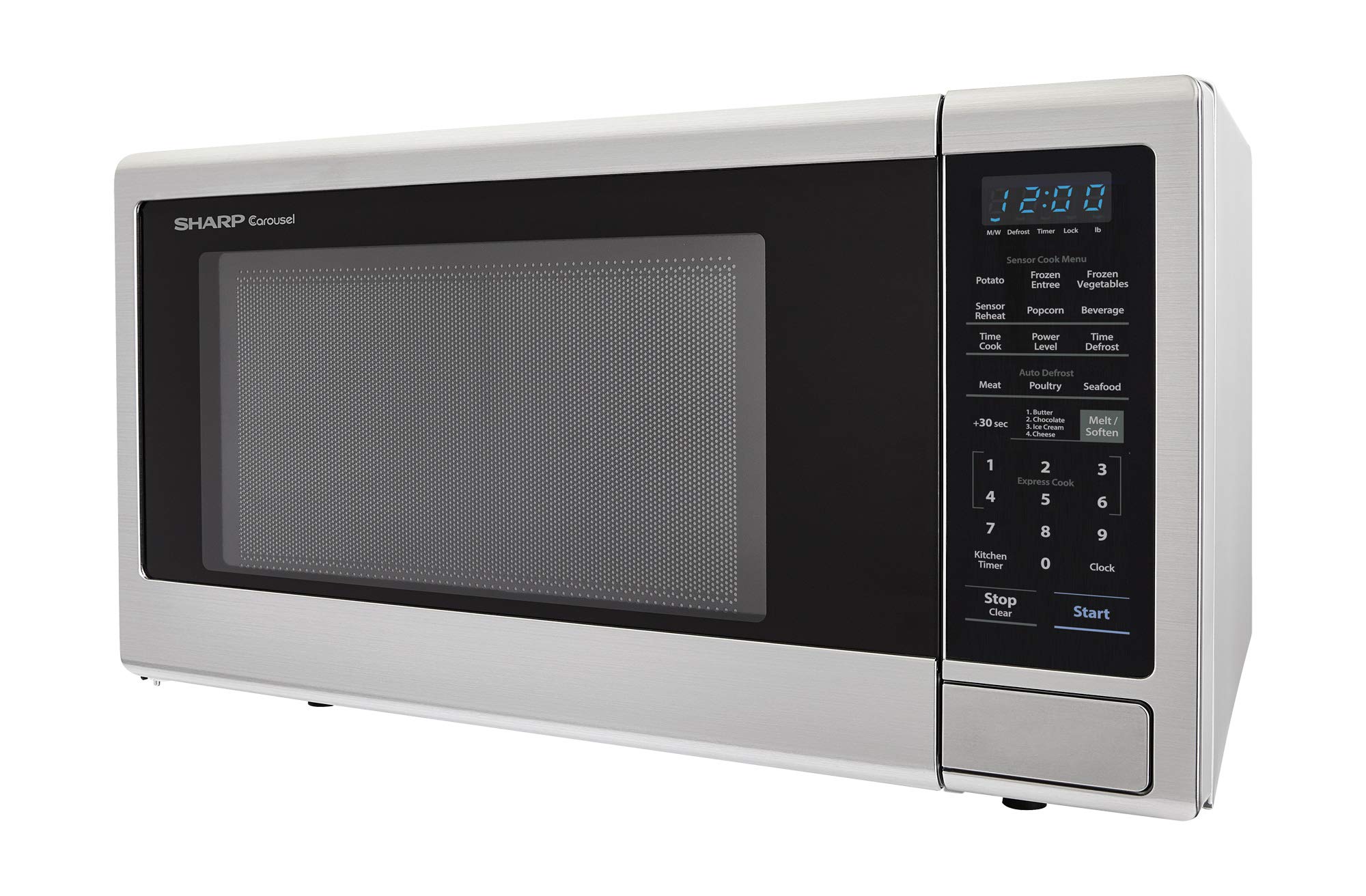
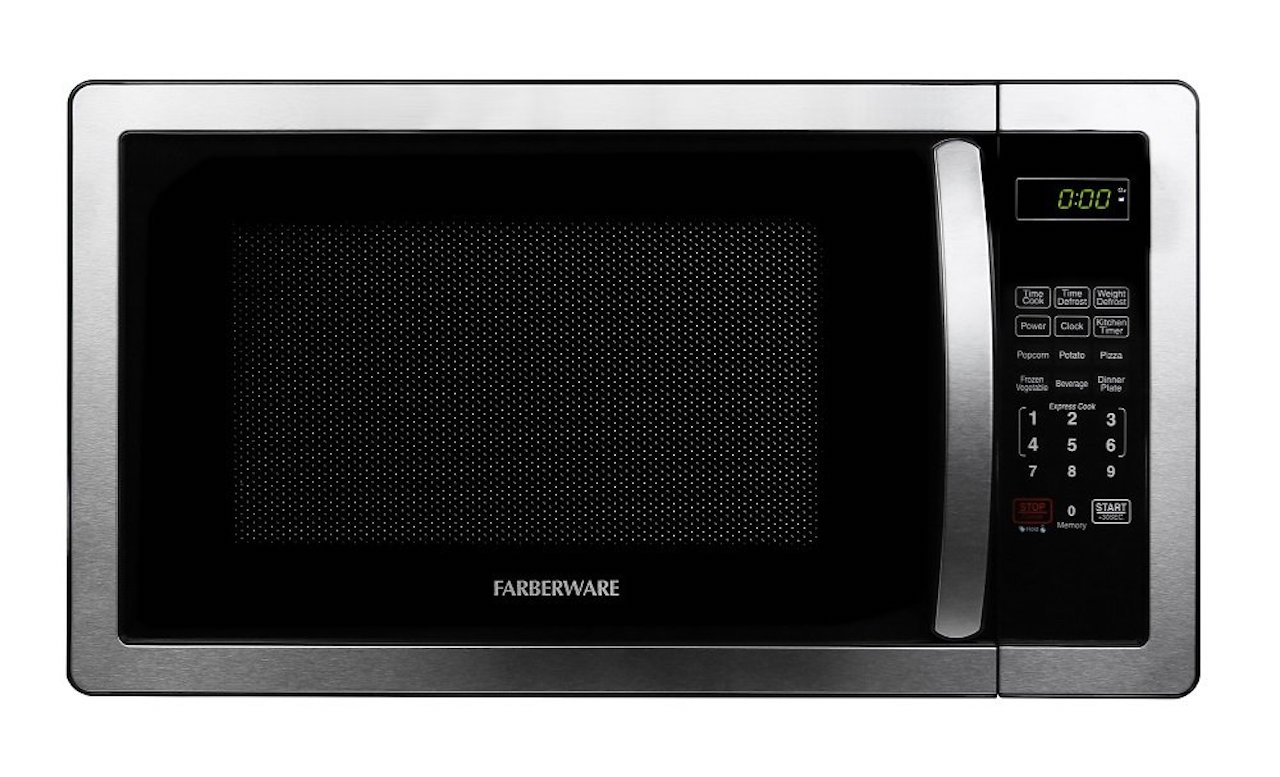

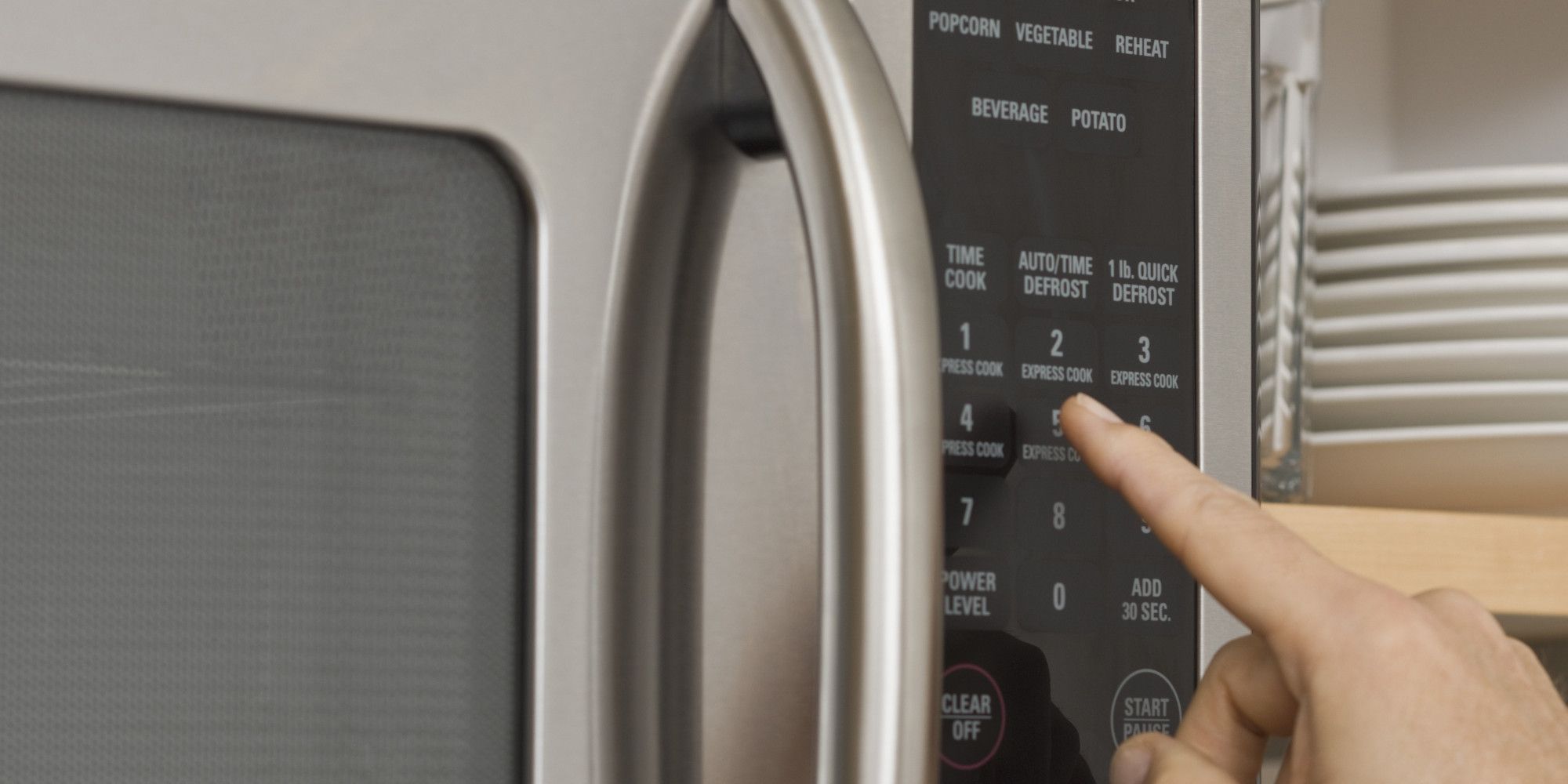
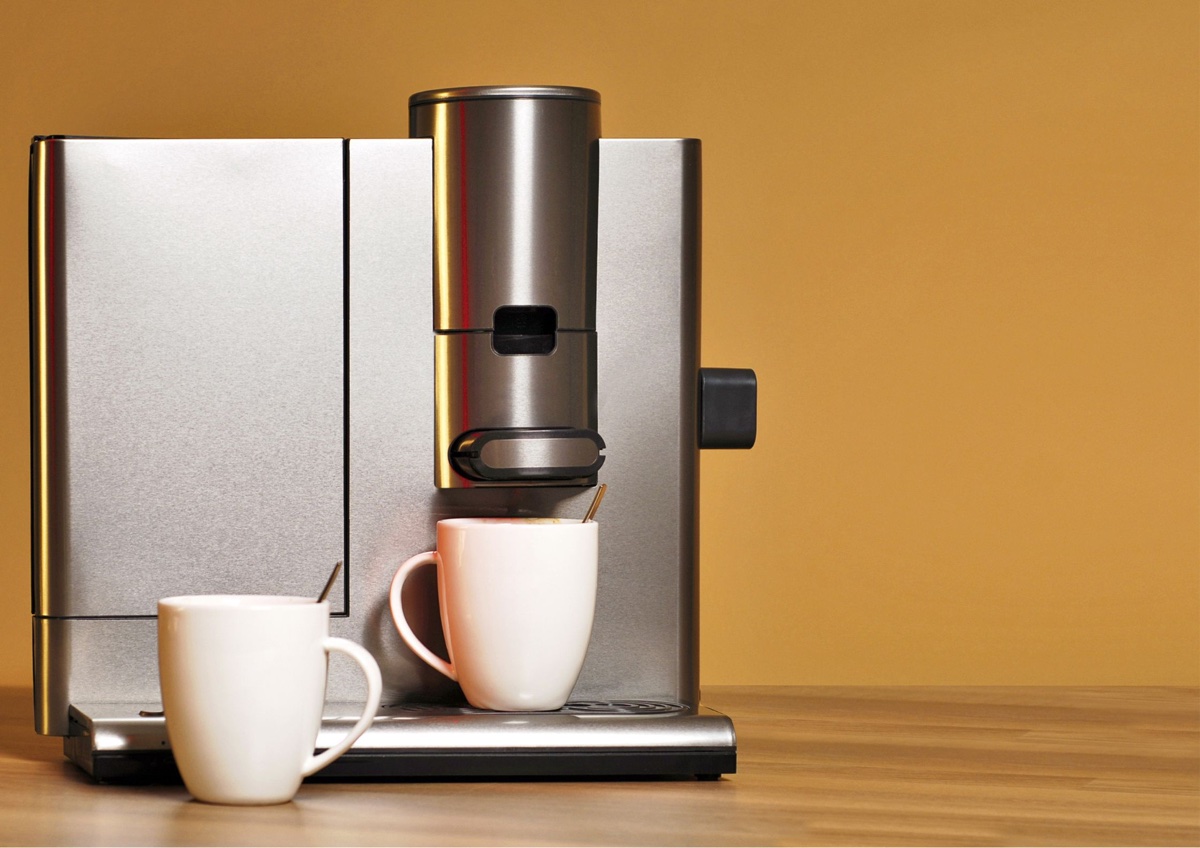
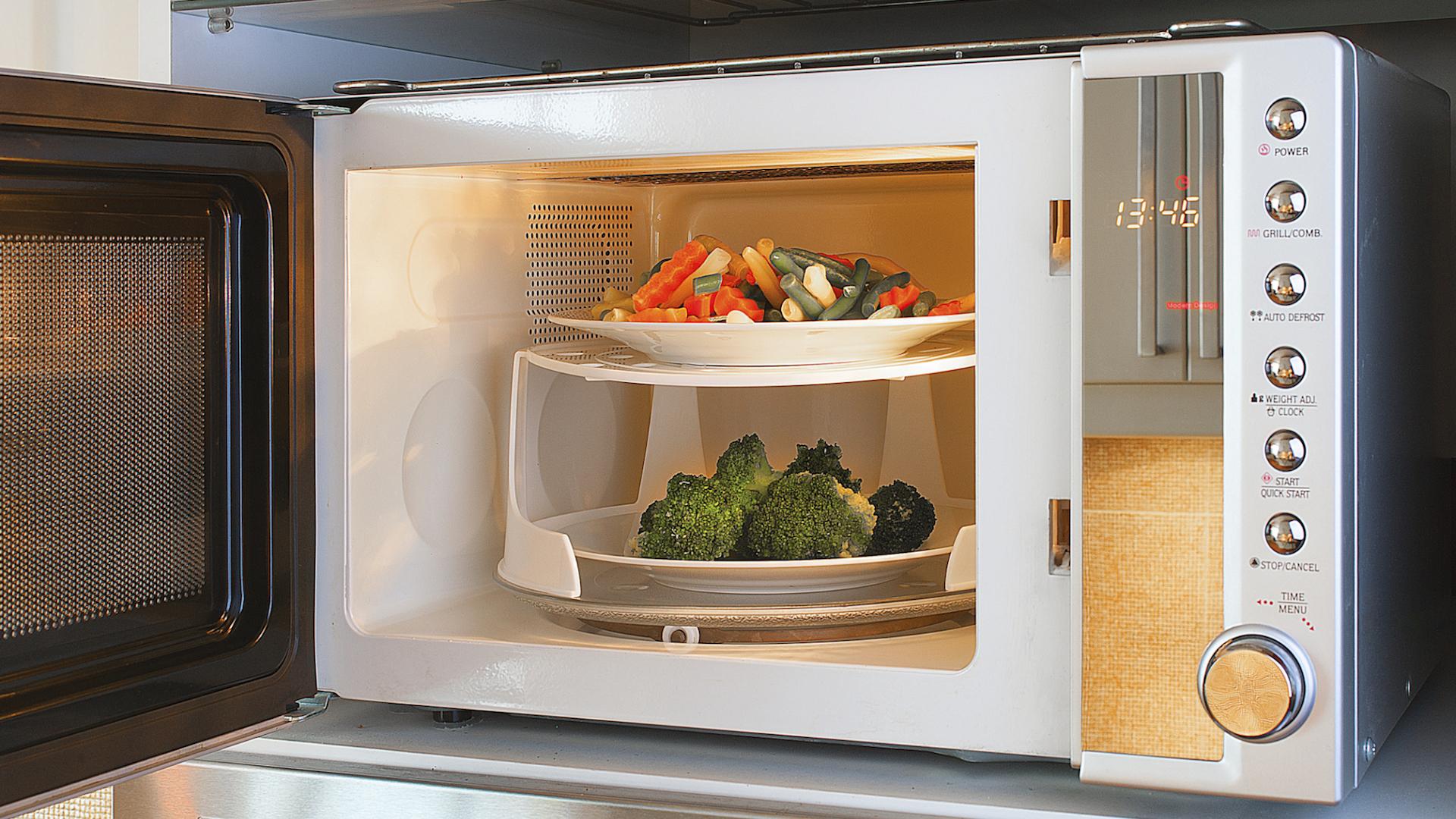
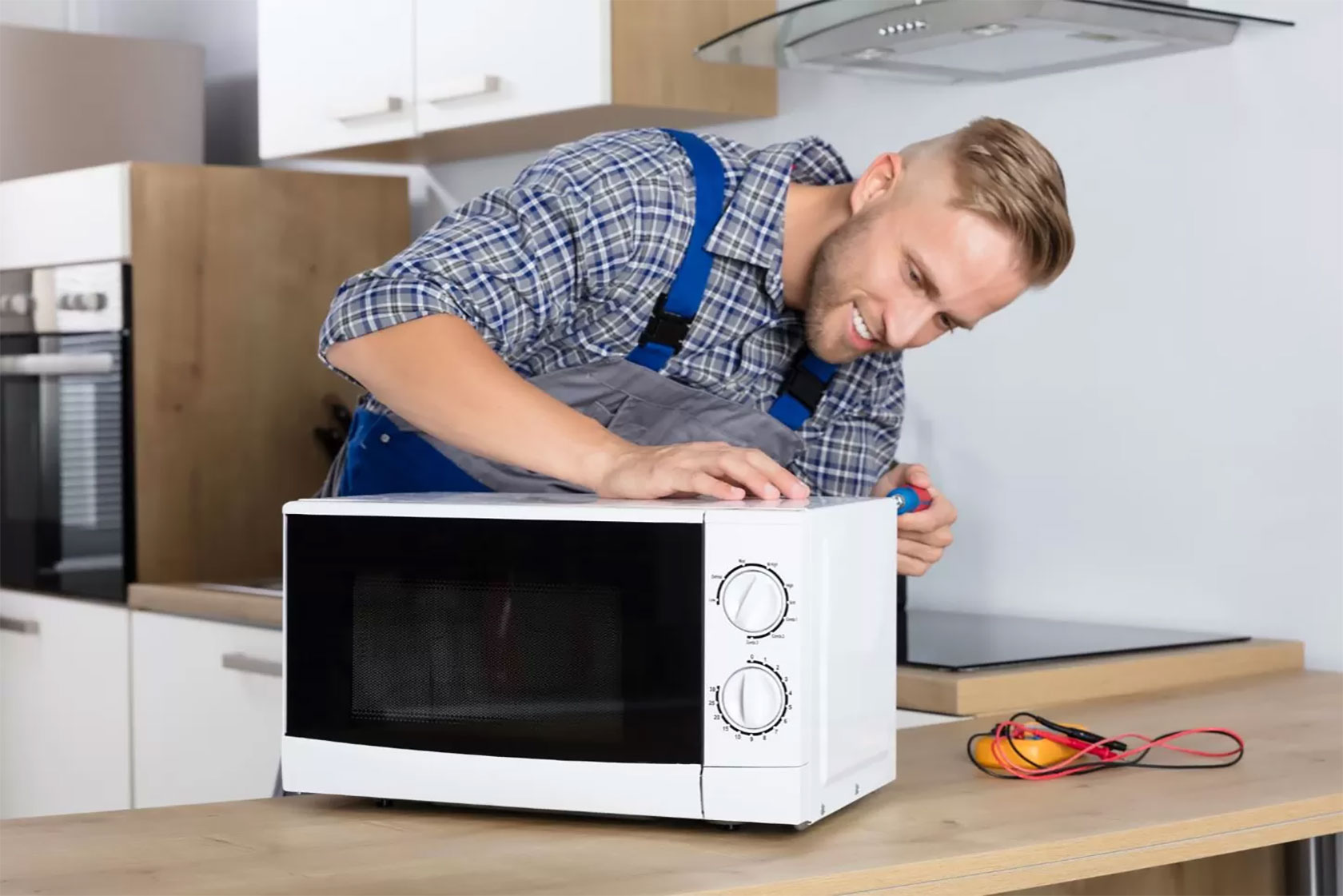




0 thoughts on “How Many Watts Is A Microwave Oven”